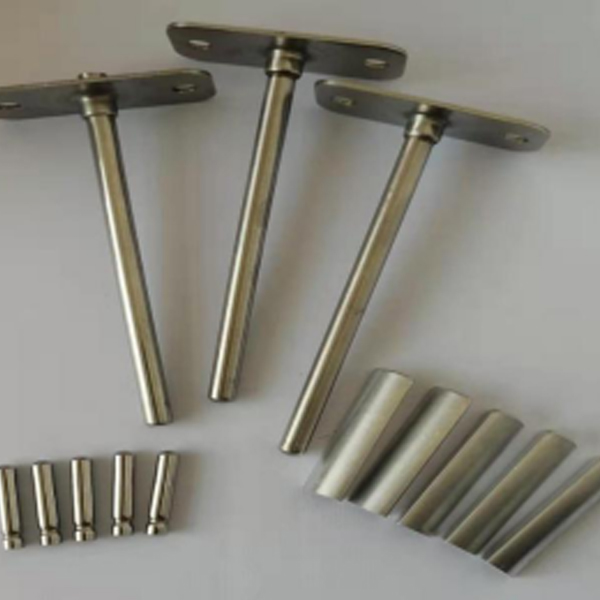In the realm of manufacturing, deep drawn housing stands as a pivotal technique for creating intricately shaped metal components. This process involves the transformation of flat sheets or blanks of metal into three-dimensional enclosures or containers through a series of mechanical operations. Deep drawn housings play a crucial role in various industries due to their efficiency in producing complex shapes with high precision.
The Deep Drawing Process
Deep drawing is a specialized metal forming process that utilizes tensile forces to stretch a metal blank into a desired shape. This technique is particularly effective with ductile metals such as aluminum, steel, and copper alloys. The process begins with a flat sheet of metal—often in the form of a coil—that is fed into a press. The blank is then drawn into a die cavity using a punch, where the material undergoes plastic deformation, conforming to the shape of the cavity.
Materials used in deep drawing must exhibit good elongation and ductility to withstand the stresses of the process. Common materials include stainless steel, aluminum, brass, and copper alloys. The selection of material depends on the desired properties of the final product, including corrosion resistance, strength, and conductivity.
Equipment used in deep drawing includes hydraulic or mechanical presses, dies, and punches. Dies are precision tools that define the final shape of the drawn part, while punches apply force to form the material. Lubricants are often used to reduce friction and prevent material tearing during the drawing process.
Advantages of Deep Drawn Housing
One of the key advantages of deep drawn housings is their superior structural integrity. The seamless construction of these components minimizes weak points and potential failure modes, making them ideal for applications requiring high reliability and durability. Additionally, deep drawn housings offer significant cost savings compared to alternative manufacturing methods like machining or casting, due to reduced material waste and faster production cycles.
The ability to produce complex geometries is another major benefit of deep drawing. This process allows for the creation of intricate shapes with minimal secondary operations, reducing the need for additional assembly steps and lowering overall production costs.
Applications of Deep Drawn Housings
Deep drawn housings find extensive use across diverse industries. In the automotive sector, these components are employed in fuel system components, airbag housings, and sensor enclosures due to their strength and lightweight nature. In electronics and consumer goods, deep drawn housings are used in the manufacturing of battery casings, connectors, and enclosures for smartphones and tablets. The medical industry relies on deep drawn housings for producing surgical instruments, implantable devices, and diagnostic equipment.
Challenges and Considerations
While deep drawing offers numerous advantages, several challenges must be addressed to ensure successful production. Material selection is critical, as different metals exhibit varying formability and mechanical properties under stress. Tooling and die maintenance are essential for preserving dimensional accuracy and surface finish, as wear over time can affect part quality. Quality control and inspection processes are also vital to identify defects and ensure compliance with specifications, particularly in safety-critical applications like aerospace and medical devices.
Conclusion
Deep drawn housings represent a sophisticated yet practical solution for manufacturing complex metal enclosures and components. By harnessing the principles of deep drawing, industries can achieve remarkable efficiency, precision, and cost-effectiveness in their production processes. As technology continues to advance, the applications of deep drawn housings are expected to expand, driving innovation and reshaping the landscape of modern manufacturing.








